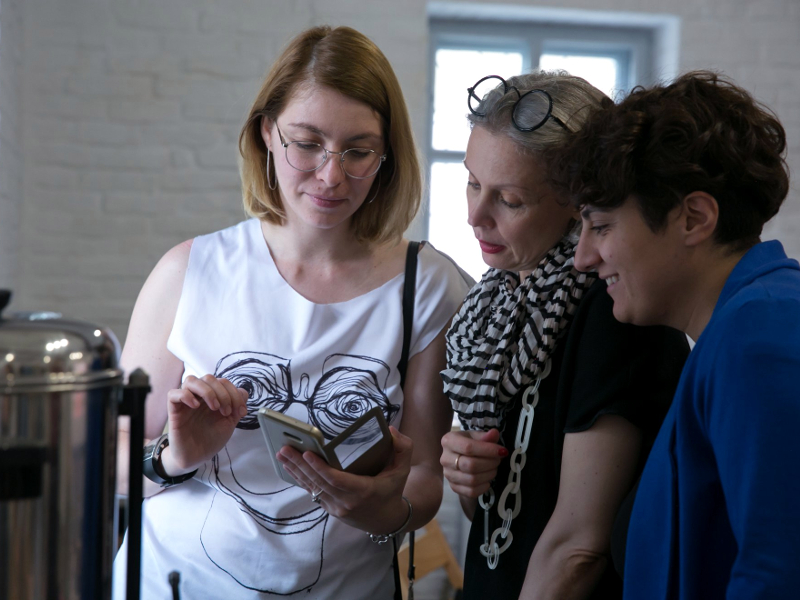
Fundraising for Cultural Projects: Five Fundamental Rules
Course lecturer Lidia Varbanova is an international consultant and coach on strategy, management, and entrepreneurship in the cultural and creative sectors. Lidia is the author of two books: International Entrepreneurship in the Arts and Strategic Management in the Arts. These, along with many years of experience, form the basis of the online course, which consists of three lectures, around 10 minutes each. We bring you the five main points of the course.
Choose a Business Model
But first, answer the following questions: Who is the buyer of your product or service? How do you plan to generate revenue and what prices will you set? In general, business models for cultural projects are divided into two types: traditional and online. The most common are the collective model (brings together artists for renting space or equipment and working on joint projects) the freemium model (provides free access to basic online services and makes money from advanced tools and features), and the advertising model (provides online services funded from ads).
Draw up a Business Plan
The main purpose of a business plan is reaching the break-even point and increasing revenues. Remember, you will have a hard time getting financing from third parties if your project shows no financial growth and potential. Your business plan is your company’s development vector. Regardless of the volume, it should reflect your company’s concept, the results of market analysis and the economic component. A business plan is usually drawn up for three years.
External Financing
Crowdfunding is a popular source of external financing for cultural initiatives. Choosing this model, you ask (mainly online) people to support your initiative. This can be risky but works well for cultural industries and social initiatives. Your company can also ask angel investors for support. To get such funding though, you need to demonstrate stable financial growth. This type of funding is best suited for fashion and video game industries.
Create Cross-Sectoral Partnerships
Cross-sectoral partnerships may come in handy when building an efficient business. These may be connections between different types of creative industries, such as combining theatre and fashion or publishing and film production. However, they can extend to connect creative industries to business, creating incubators and creative clusters. Cross-sectoral partnerships are most successful in solving urban problems and creating convenient cities.
Who Are Entrepreneurs?
Entrepreneurs are the people capable of taking on responsibility and risks, as well as those who contribute to economic and social growth, promote innovation, and possess such character traits as openness to new ideas, leadership and creative potential. In the cultural sphere, entrepreneurs also have other characteristics. First, they love the arts and understand the cultural context. Second, innovation is key for cultural projects, essentially becoming a tool. These are not necessarily technological components, but rather new approaches to cultural and social practices.
Upon completion of the course, you will receive a certificate from the EU-EaP Culture and Creativity Programme. We also recommended the following courses:




